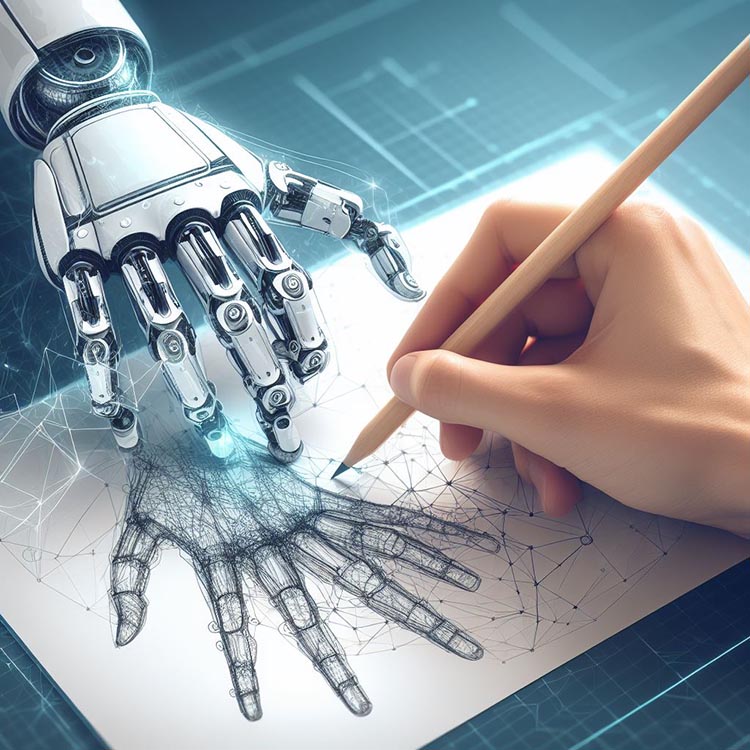The rise of artificial intelligence (AI) has created new challenges for copyright law. One of these challenges is the question of who owns the copyright to AI-generated art.
In this article, we will explore the different legal arguments that have been made on this issue. We will also discuss the implications of these arguments about AI artwork, for artists, AI developers, and policymakers.
Contents
show
The law related to AI-created artwork is still evolving. However, there are a few general principles that can be applied.
- Copyright protection is available for original works of authorship. This means that the work must be created by a human author and must be independently created.
- AI-generated art may be eligible for copyright protection if it is created by a human author and is independently created. However, if the AI-generated art is created solely by AI, it may not be eligible for copyright protection.
- The owner of the copyright in an AI-generated work is generally the person who created the work. However, there may be exceptions to this rule, such as if the work was created as part of an employment relationship.
How to distinguish the owner of the work between the artist and artificial intelligence
In some cases, it may be difficult to distinguish between the artist and AI in terms of who owns the copyright to AI-generated art. Here are some factors that may be considered:
- The degree of human intervention in the creation of the work. If the artist played a significant role in the creation of the work, such as by providing the AI with prompts or instructions, then the artist may be considered the author of the work.
- The originality of the work. If the AI-generated work is original and creative, then it is more likely to be considered a work of authorship and thus eligible for copyright protection.
- The purpose of the work. If the AI-generated work is created for commercial purposes, then it is more likely to be considered a work of authorship and thus eligible for copyright protection.
Sources:+


